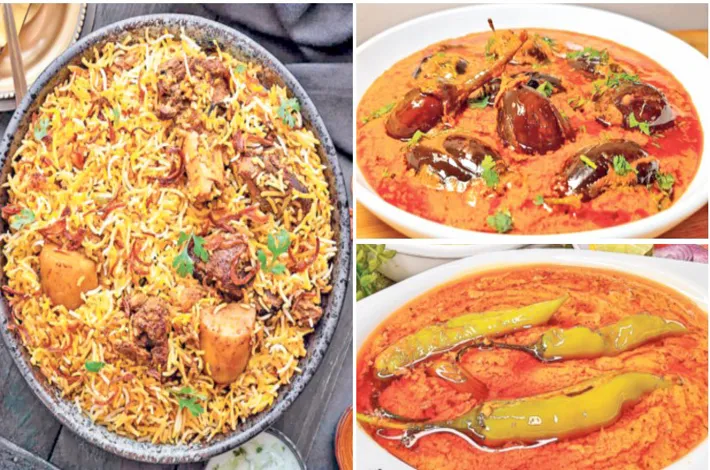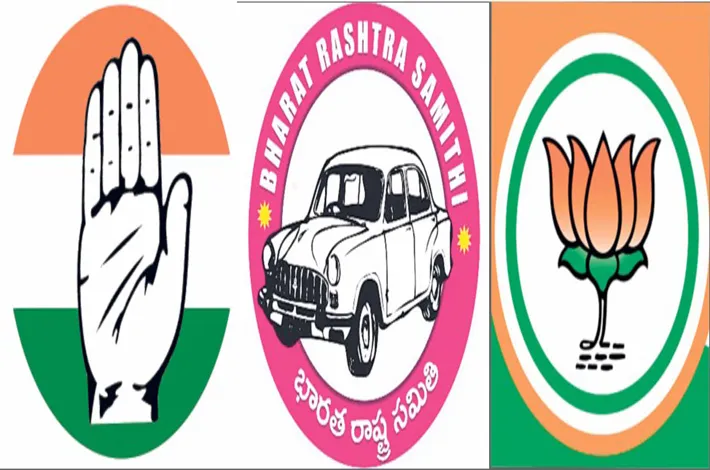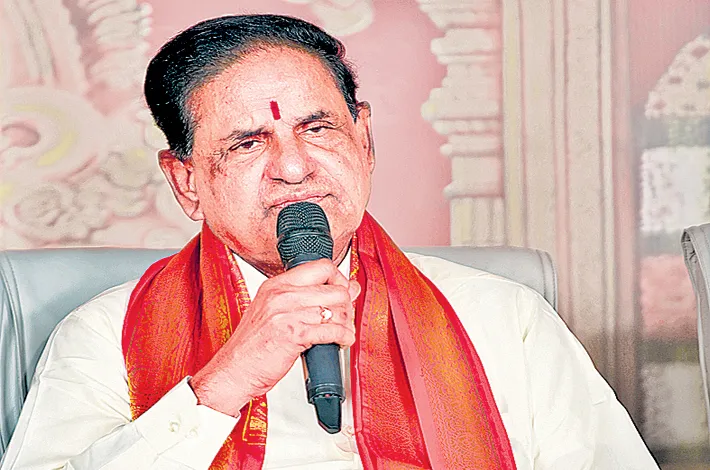Deccani Cuisine
24-06-2025 12:00:00 AM

Deccani cuisine, rooted in the historic Deccan Plateau of South India, is a vibrant tapestry of flavors reflecting centuries of cultural amalgamation. Emerging from the culinary traditions of the Bahmani Sultanate, Golconda, and the Nizams of Hyderabad, it blends Persian, Turkish, Mughal, and indigenous Telugu and Marathi influences. This cuisine, celebrated for its richness and complexity, showcases the Deccan’s diverse geography, trade routes, and royal patronage.
At its heart, Deccani cuisine is synonymous with Hyderabadi food, though it extends across Telangana, parts of Karnataka, and Maharashtra. Its hallmark is the balance of spice, tang, and richness. Biryani, perhaps its most iconic dish, exemplifies this. Hyderabadi biryani, prepared in the kacchi style (raw meat and rice cooked together), is infused with saffron, star anise, and slow-cooked mutton or chicken, resulting in fragrant, melt-in-the-mouth perfection. Unlike its northern counterparts, it leans on subtle spices rather than overpowering heat.
The cuisine’s gravies and curries, like baghara baingan (spiced stuffed eggplants) and mirchi ka salan (chili curry), highlight the use of tamarind, sesame seeds, peanuts, and coconut, creating tangy, nutty profiles. These accompany biryani or sheer khurma, a vermicelli pudding laden with dry fruits, served during festive occasions. Another standout is haleem, a slow-cooked stew of wheat, lentils, and meat, pounded to a creamy consistency, especially popular during Ramadan.
Deccani cuisine also reflects royal opulence. The Nizams’ kitchens, or bawarchikhanas, crafted dishes like lukhmi (savory meat-filled pastries) and shikampuri kebabs, stuffed with yogurt or hung curd, showcasing Persian influences. Marag, a spicy mutton soup, and pathar ka gosht (meat grilled on stone) reveal the region’s love for robust, meat-centric dishes. Yet, vegetarian fare thrives too, with qabooli (a lentil-rice dish) and chakna (a spicy street food) catering to diverse palates.
The cuisine’s evolution owes much to Hyderabad’s cosmopolitan history. Arab, Yemeni, and Irani traders introduced techniques like dum cooking and the use of rose water or kewra. Irani cafés, dotting Hyderabad, popularized chai with osmania biscuits and keema samosas, blending local and foreign elements.
Today, Deccani cuisine remains a cultural ambassador, served globally in Hyderabadi restaurants. Its emphasis on slow cooking, layered flavors, and communal dining reflects a philosophy of patience and hospitality. From royal dastarkhwans to street-side stalls, Deccani cuisine continues to captivate, uniting history and taste in every bite.








